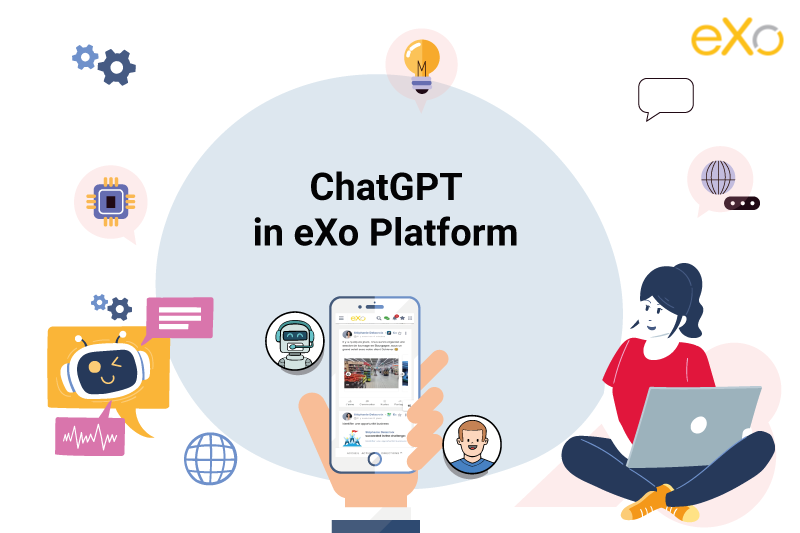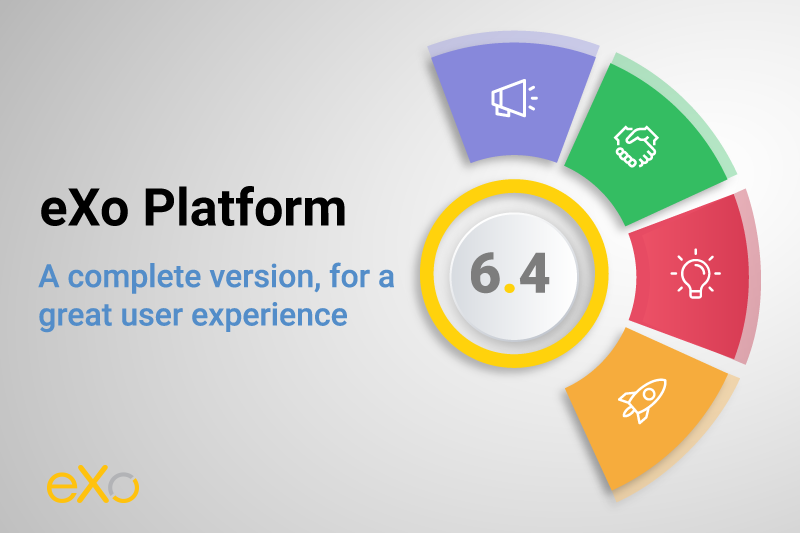- Brahim Jaouane
- March 22, 2018
3 strategies for a successful intranet adoption

Content
1. User focus strategy
By answering the “What’s in it for me?” question
company intranet
Use the imitation reflexe
Use information consumption
Use intimate setting to gradually bring the user in
Work on your digital user experience
2. Global community management strategy
Community management - support and animation
Identifying and empowering champions
Content is king
Community management digital tools
Advertise your successes - big or small
3. Private communities focus strategy
Limit your users to relevant subcommunities and work groups
Animate your closed communities
Limit the social noise
4. Which intranet adoption strategy should you choose?
Depending on your challenges
Depending on your preference
engagement and performance
FAQ
What is an intranet?
intranet is a term used with abundance whenever the subject of internal communication and collaboration is brought up which makes defining it a bit challenging. In its simplest form, an intranet is an internal website for your organization. It is used mainly for top-down communication where employees can access corporate news, policies and announcements.
What are the different types of intranet solutions?
To gather a thorough understanding of intranets and their different types, let’s walk through its history from the early days up to now:
- Intranet Portals
- Enterprise Social Netwrok (ESN)
- Intranet 2.0
Which intranet adoption strategy should you choose?
It depends on your context: that is on your particular challenges and also on your own sensibility and preference.
- Depending on your challenges
- Depending on your preference
➝ Discover which intranet adoption strategy should you choose
What is the difference between intranets and extranets?
The main difference between intranets and extranets lays in the target audience. Intranets typically target users from a specific organization whereas extranets is the hub that can group users from multiple external organizations ranging from partners and suppliers all the way to clients
➝ Discover the real difference between intranet and extranet
What are the benefits of intranet solutions?
Different types of Intranet solutions from the early days up to the intranet 2.0 (commonly referred to as digital workplace solutions) bring a host of benefits to businesses of all sizes and industries. Below is a list of benefits often associated with intranets:
- Streamline internal communications
- Connect employees and eliminate silos
- Foster collaboration
- Improve knowledge sharing
- Recognize and reward employees
What are the different strategies for a successful intranet adoption?
Here are three different strategies for a successful intranet adoption:
- User focus strategy
- Global community management strategy
- Private communities focus strategy
What are the benefits of internal communities?
Here is a list of business benefits of internal communities to maximize your talent development:
- Natural support system
- Information sharing
- Talent development
- Innovation
- Employee satisfaction
How to successfully implement your intranet CMS?
Here are the most common tips to successfully implement your CMS intranet:
- Study users’ needs and audit existing solutions
- Define the project’s overall goals and objectives
- Set roles and responsibilities
- Perform a content audit and create a content plan
- Structure and classify information
- Create the CMS intranet brand and identity
- Define and measure KPIs

Related posts
- All
- eXo
- Digital workplace
- Open source
- Internal communication
- Collaboration
- News
- intranet
- Future of work
- workplace
- Knowledge management
- Employee engagement
- Employee experience
- Employee productivity
- onboarding
- Employee recognition
- Change management
- Cartoon
- Digital transformation
- Infographic
- Remote work
- Sneak Peek
- Solutions
- Thought leadership
- Tips & Tricks
- Tutorial
- Uncategorized



Personalization according to business or industry needs is the key factor in selecting your Intranet strategy. In this blog post, there are only 3 strategies which are explained. Can you please help me with other required Intranet strategies like business operations and management?
Good post about intranet adoption strategies. These strategies should be the must present ones in the intranet of an organization. I would like to mention here about Impiger tech which provides the best Intranet adoption solutions for companies.
Superb post however , I was wanting to know if you could write a litte
more on this topic? I’d be very grateful if you could elaborate a little bit further.
Kudos!